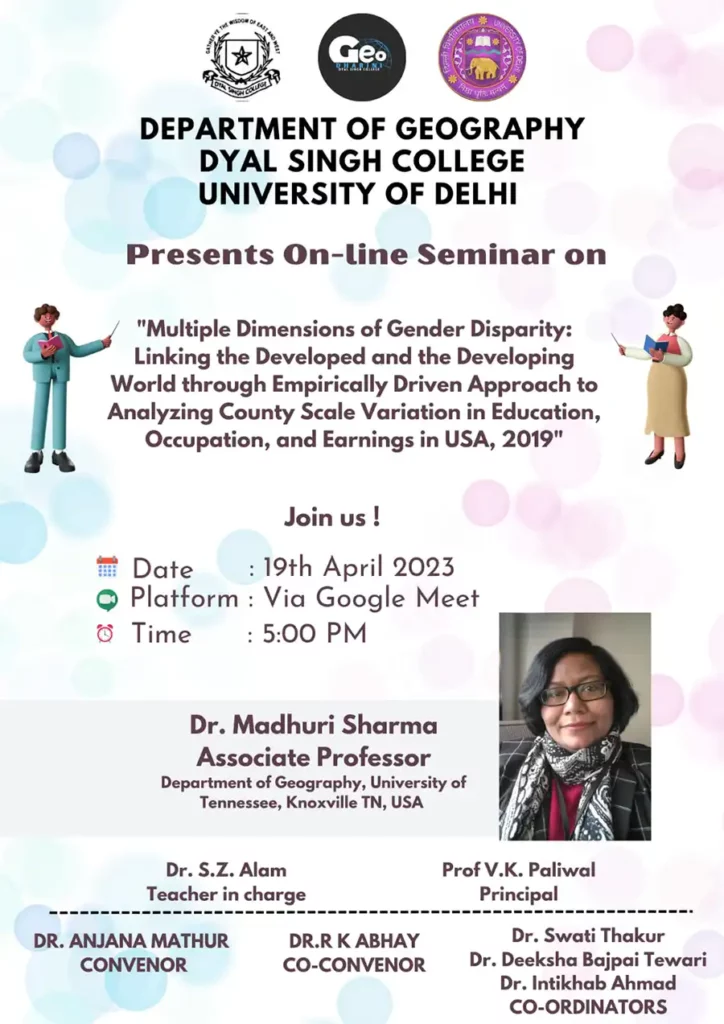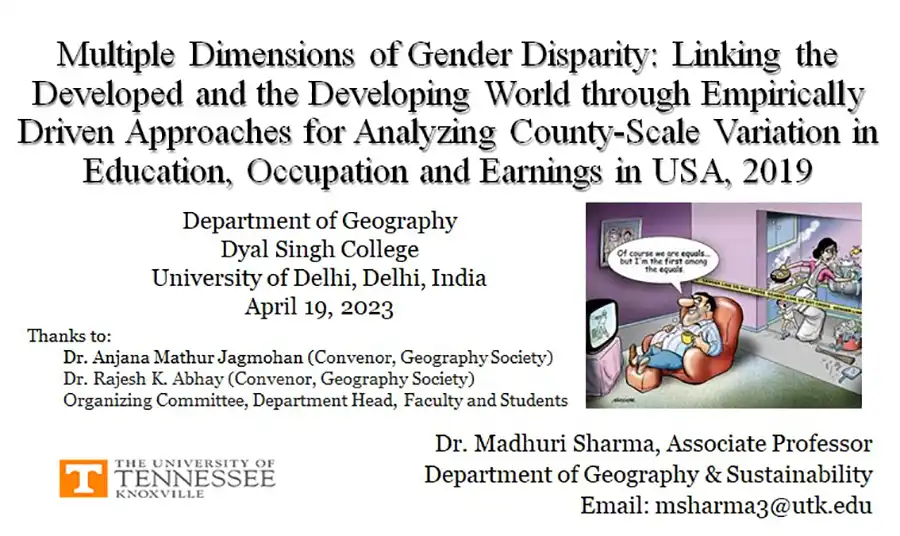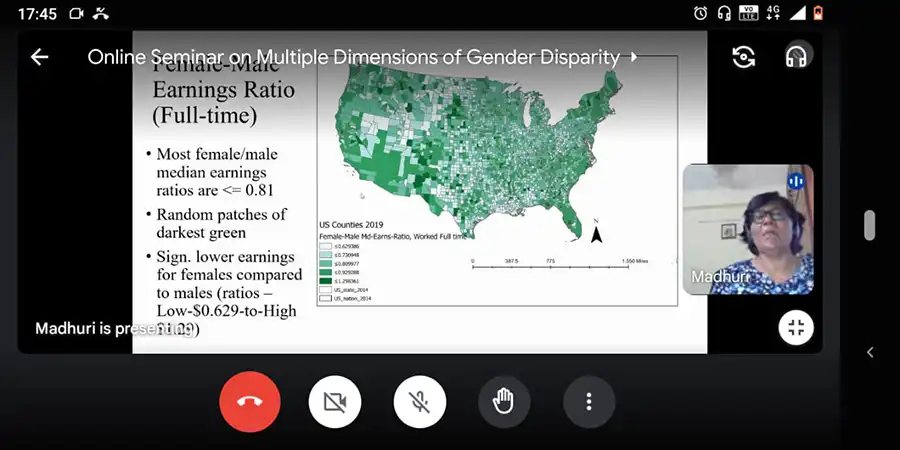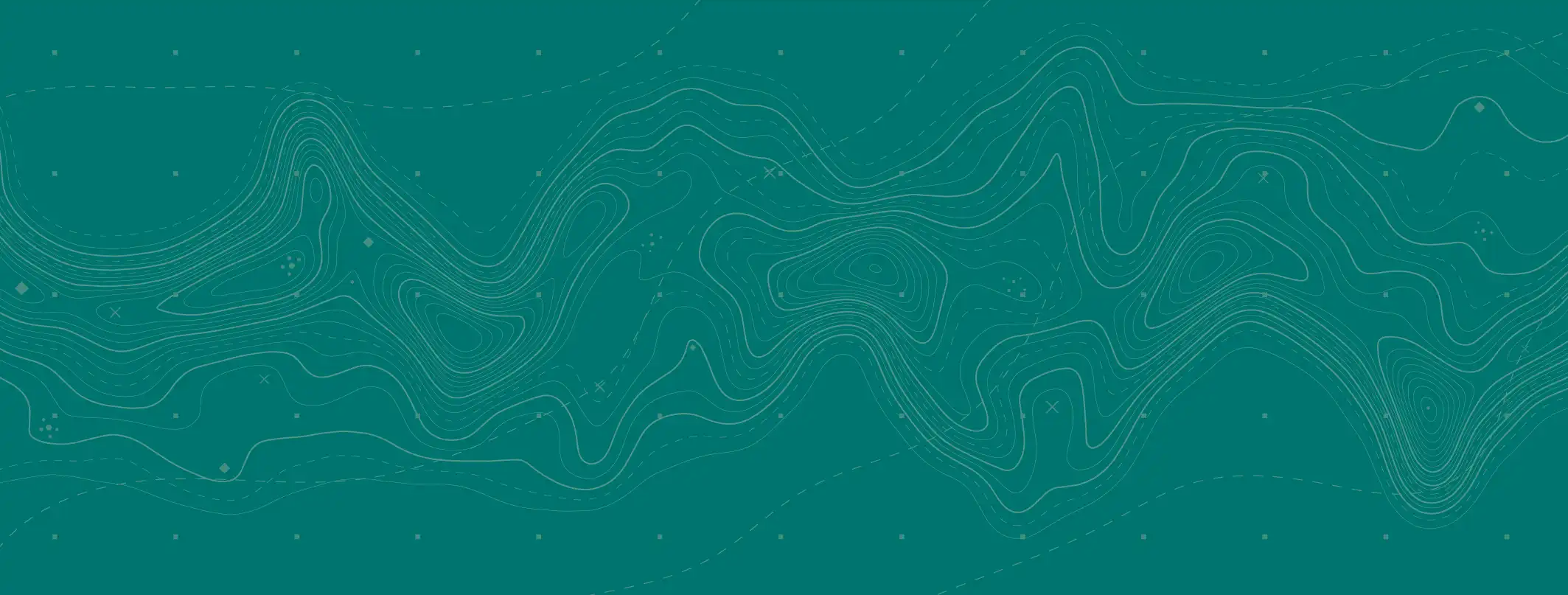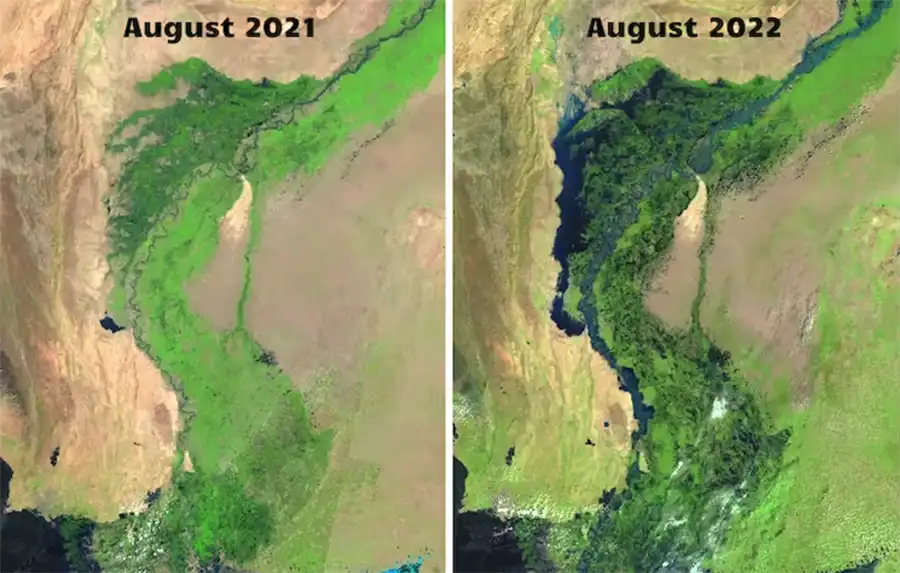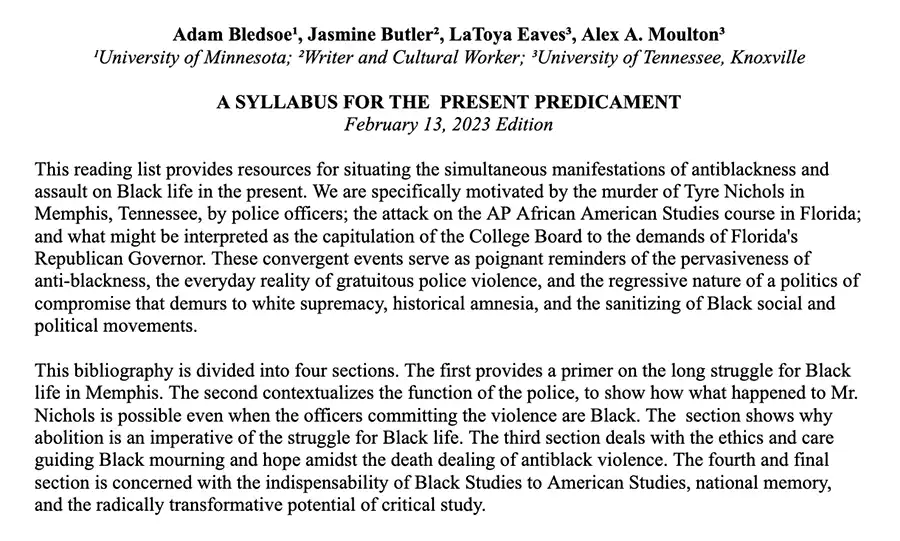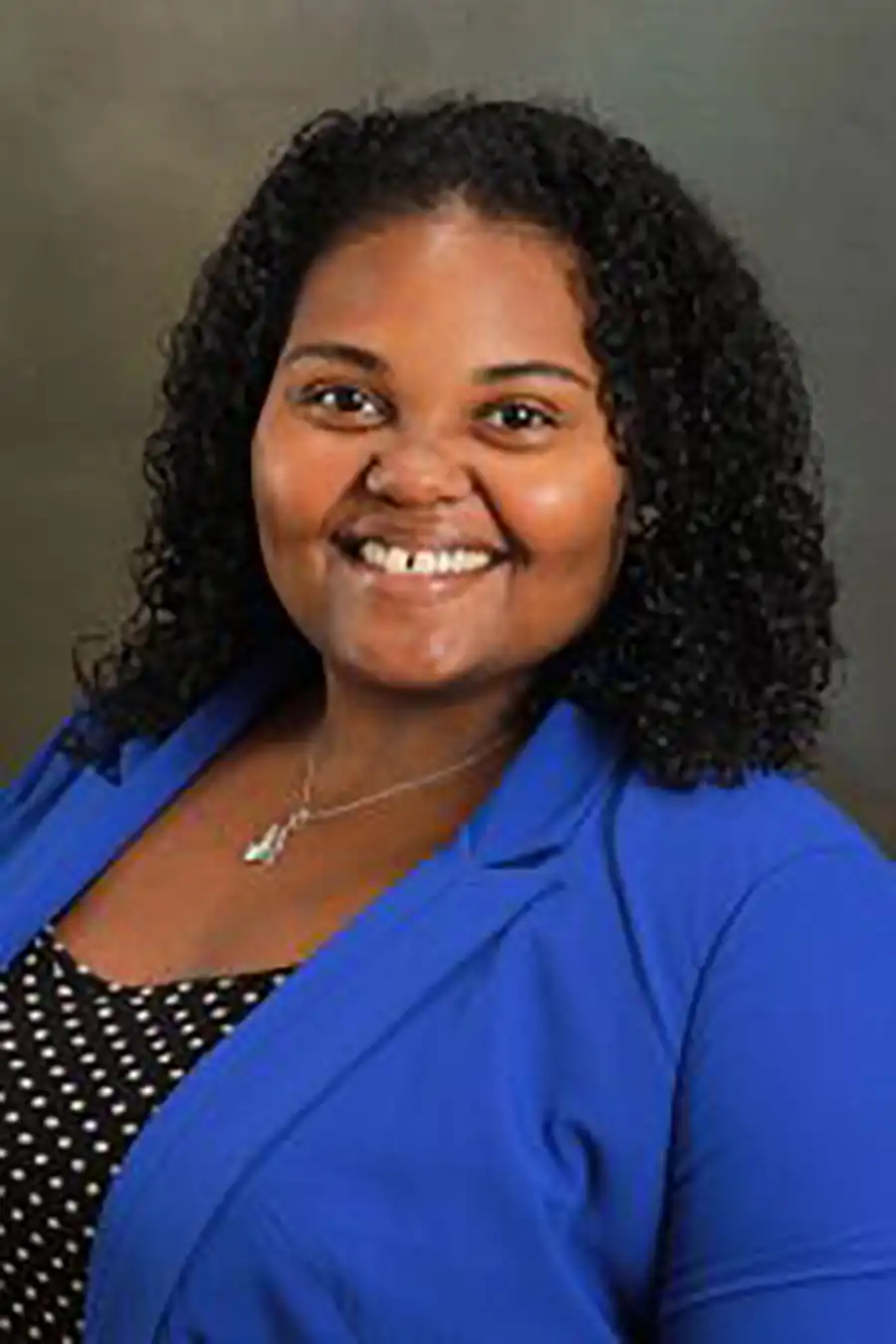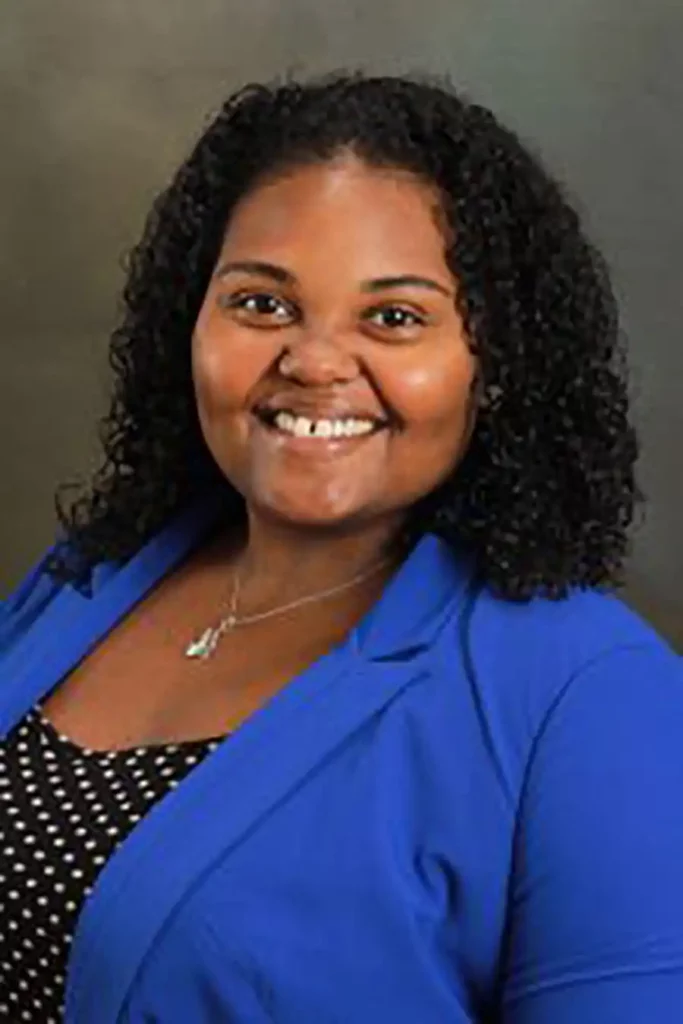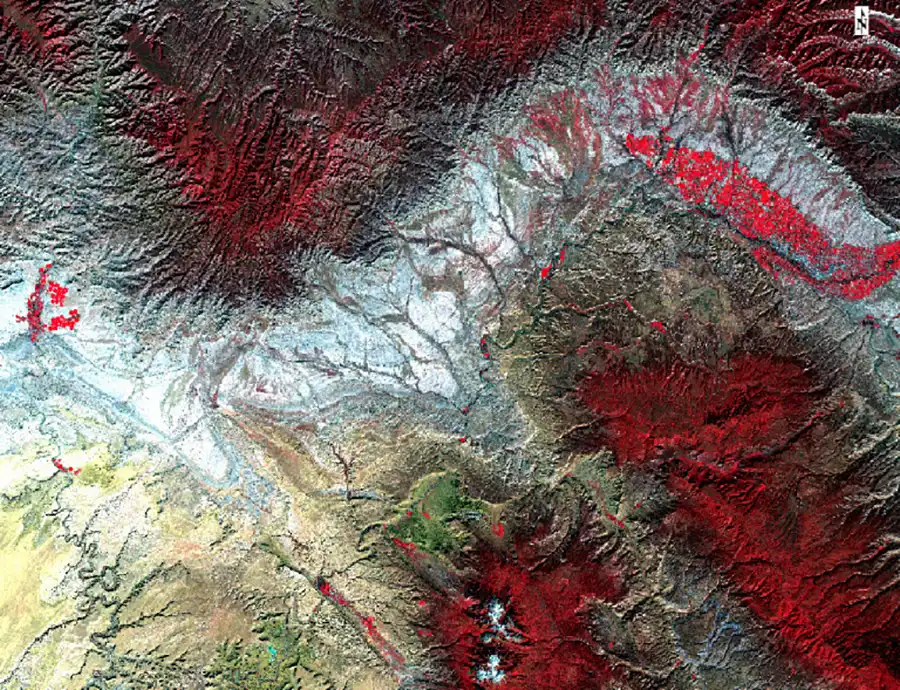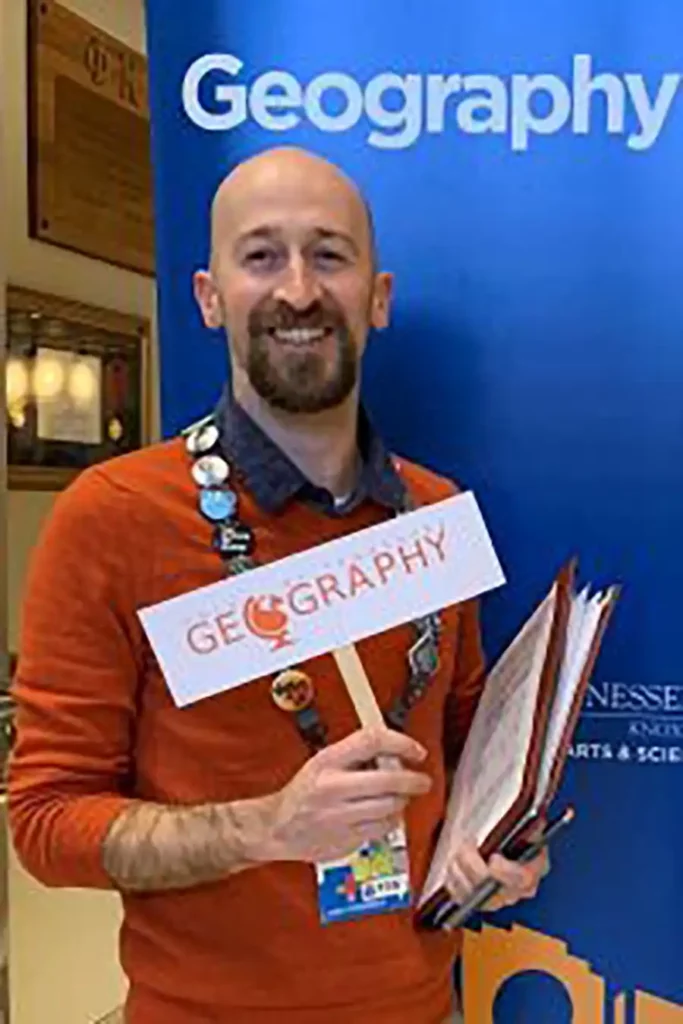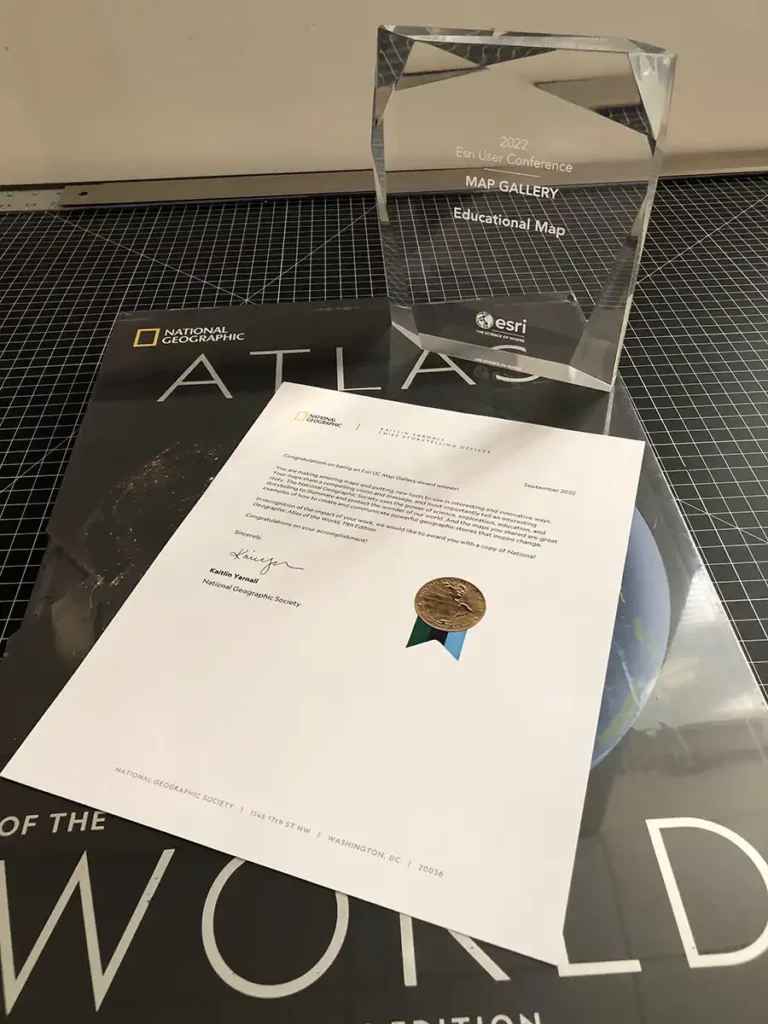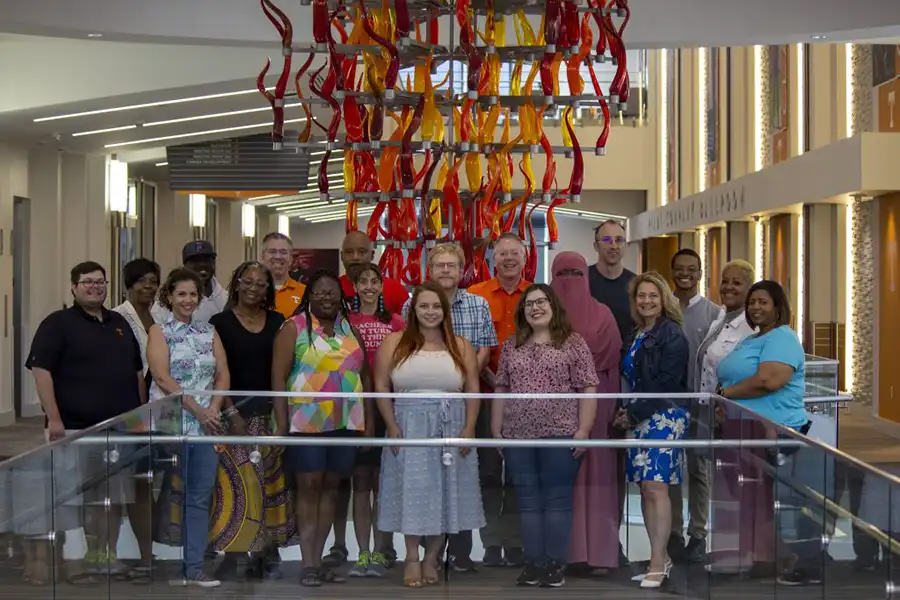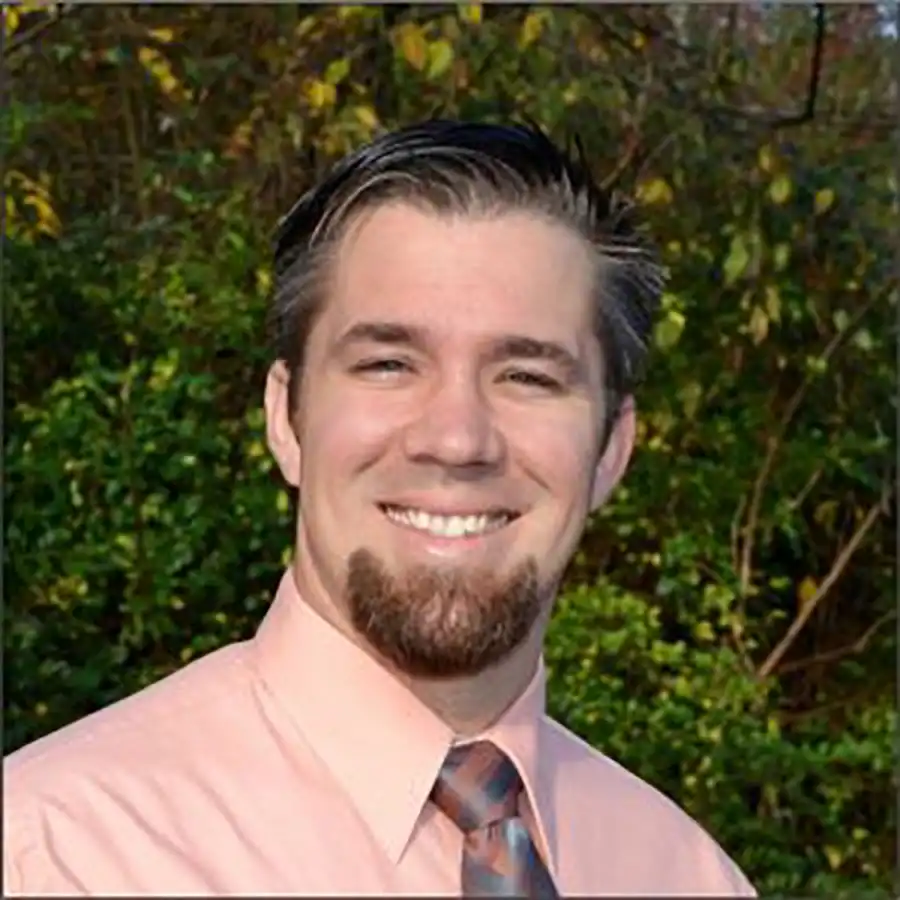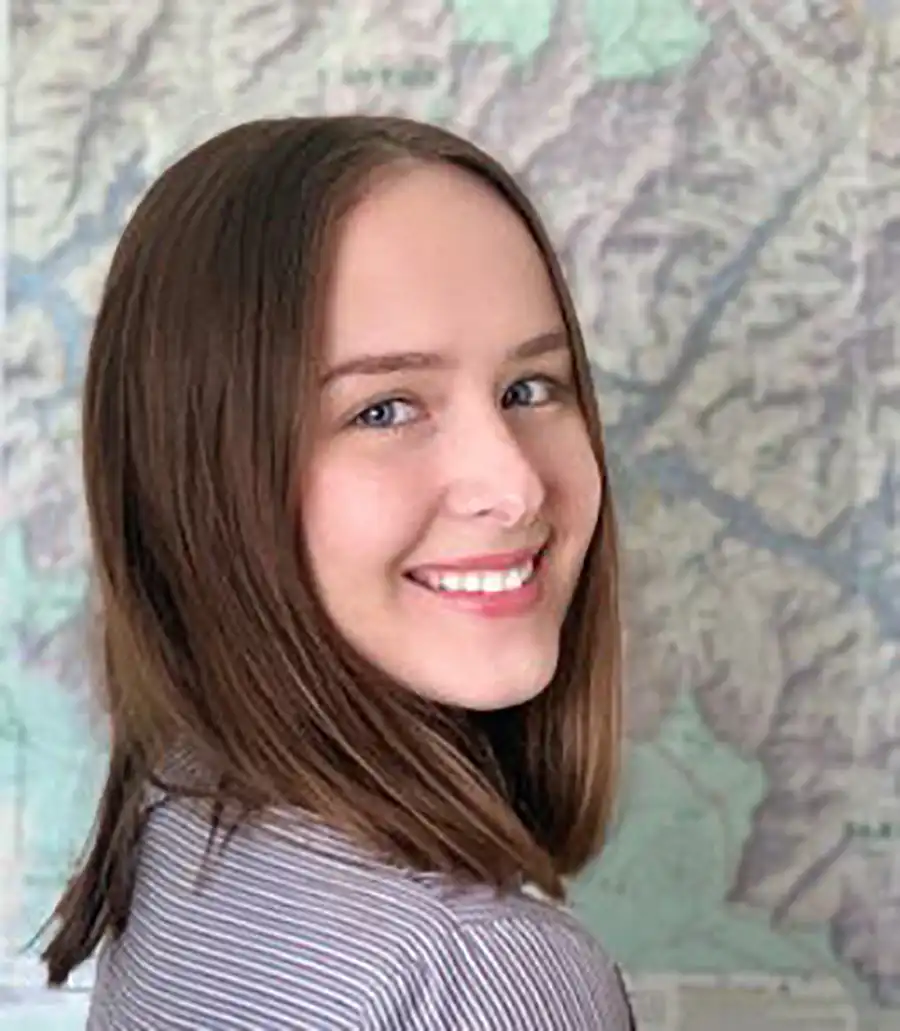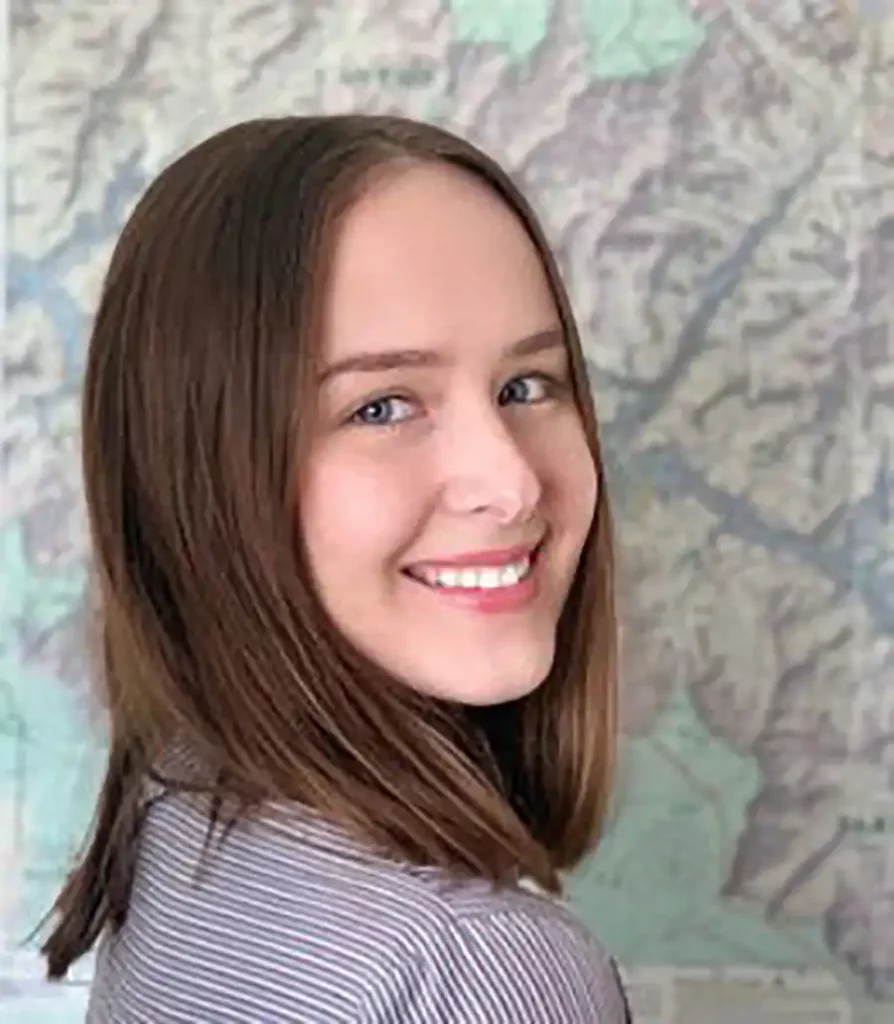Dr. Madhuri Sharma’s mapping of UTK’s Geography & Sustainability at a global platform
Dr. Madhuri Sharma’s mapping of UTK’s Geography & Sustainability at a global platform
I was honored to be invited by several highly prestigious institutes in India during my Spring 2023 sabbatical semester. These included the International Institute for Population Sciences (IIPS)-Mumbai, the Institute for Social and Economic Change (ISEC) at Bengaluru, the Center for Study of Science, Technology and Policy (C-STEP), Bengaluru, School of Planning and Architecture-Bhopal, and University of Delhi, among others. I was proud and happy to represent our Department of Geography & Sustainability and disseminate knowledge, share and learn from the academic audience in India through these research presentations and workshops. Some of the most interesting events and photos are shown below.
Event 1: Research presentation at the seminar co-organized and co-hosted by the IIPS and ISEC, at Bengaluru, India. The topic was: “Domestic Work, Livelihoods and COVID-19: An Analysis of 38 Domestic Workers in Titwala, Mumbai.” I also served as a Discussant for numerous sessions organized by the newly created South Asia Centre for Labour Mobility and Migrants (SALAM)-IIPS at this seminar.
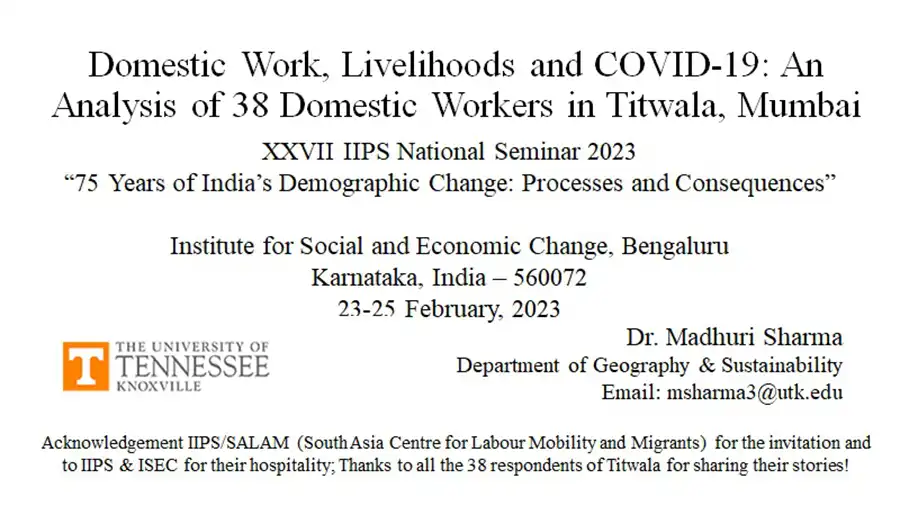
Few photos from this event where Dr. Sharma was honored to serve as a discussant for several sessions organized at this seminar, jointly co-organized by IIPS and ISEC at Bengaluru:
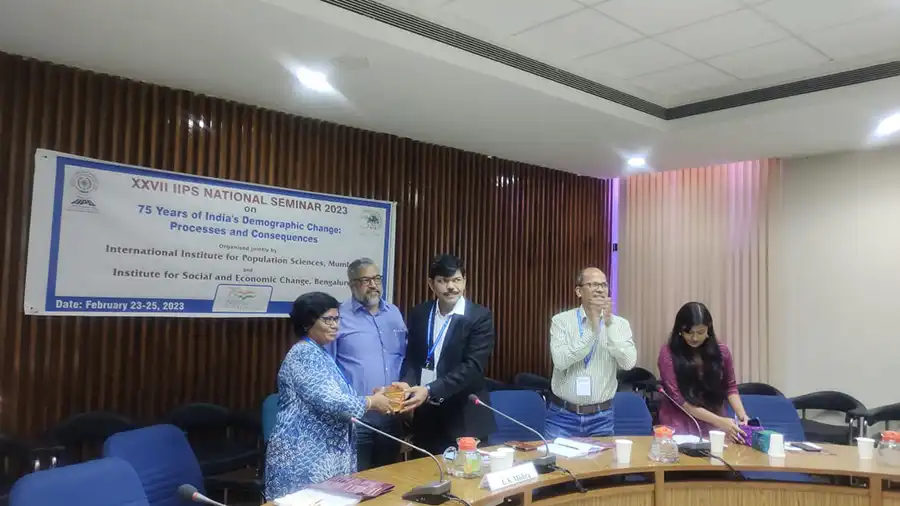

Event 2: School of Planning and Architecture, Bhopal, India: Honored to be invited by the School of Planning & Architecture, Bhopal, to demonstrate application of quantitative skills in social science research. I created a workshop-styled presentation for the MSs and B.Sc. students of SPA-Bhopal. This lecture was followed by an interactive SPSS demonstration for all participants. Proud of being a Vol abroad here in India.
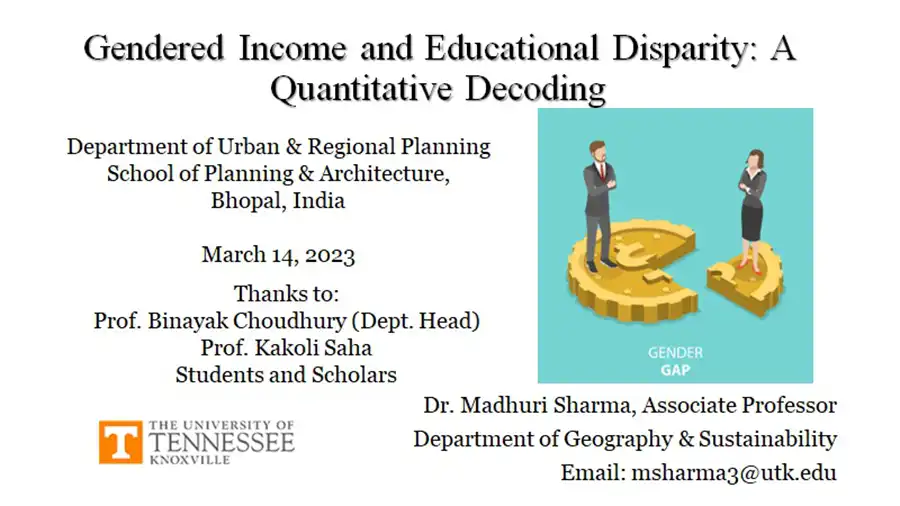
Event 3: Public Lecture at the International Institute for Population Sciences (IIPS), Mumbai: Honored to be invited to deliver a public lecture at the International Institute for Population Sciences (Mumbai) on 3rd April 2023. The topic was: Urbanization and Housing: An Inter- and Intra-district Analysis of Housing Shortage, Livability and Quality of Life in the National Capital Territory of Delhi, 2001–2011–2020. Few pics from this public event are below:
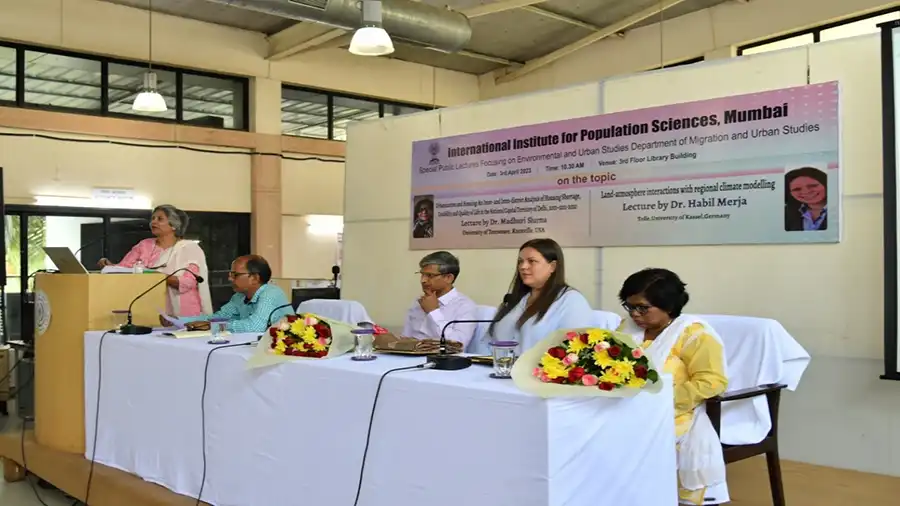
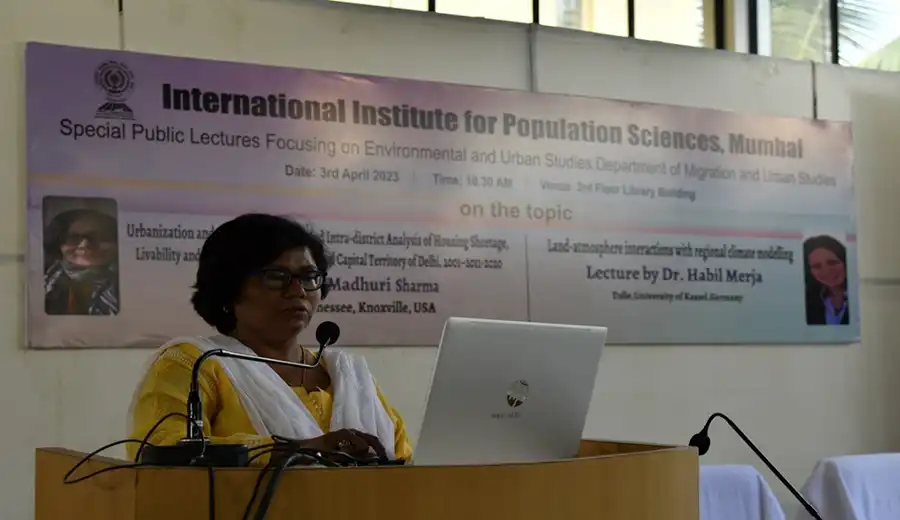
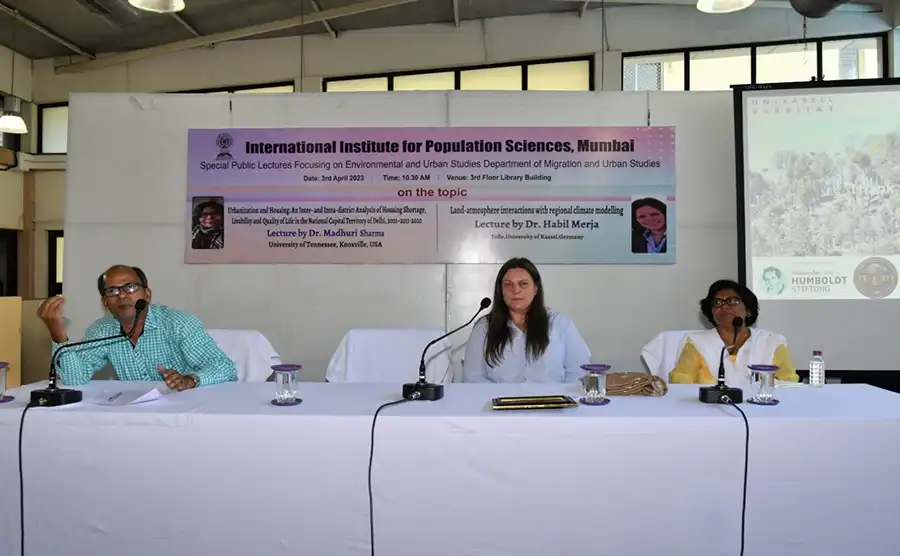

Event 4: Center for Study of Science, Technology and Policy (C-STEP), Bengaluru, India, 14 April 2023: I was very happy to deliver an invited research lecture at the C-STEP, Bengaluru. My topic was “Urbanization and Housing: Livability, Sustainability and Quality of Life in the National Capital Territory of Delhi, 2001–2011–2020.” This presentation was heard by a global audience of C-STEP from India and its branches in other countries of the world. This was a truly interactive long session wherein several new ideas emerged during the Q&A session.

Event 4: An invited seminar for undergrads/grads at Univ. of Delhi. These students wanted to learn about my work on USA. So I presented about gender economic disparity and commonalities at global scale!!
